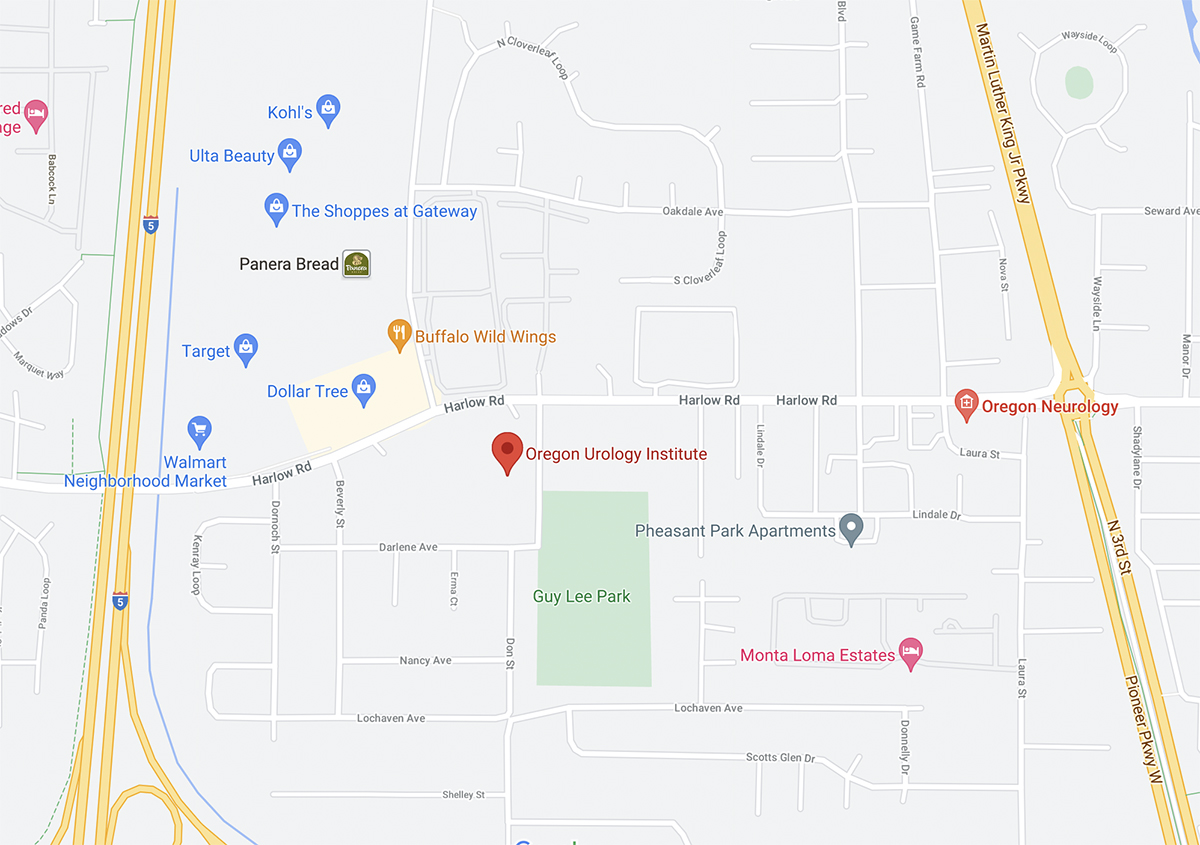URINARY INCONTINENCE

WHAT IS URINARY INCONTINENCE?
The production of urine is vital to remove excess water and wastes from the body. The urinary system consists of the kidneys, the bladder, the ureters connecting the kidneys to the bladder, and the urethra. The kidneys are constantly filtering your blood. The urine they make is moved into the bladder for storage until it’s full. At that time, you can voluntarily decide it’s time to release it. During urination, the bladder muscles contract to squeeze the urine out, and the sphincter muscles relax to allow it to pass. Sometimes, different parts of this process can be disrupted. If that happens, urine is released involuntarily, which is known as urinary incontinence.


TYPES OF URINARY INCONTINENCE
Several distinct types urinary incontinence exist. They each have a different cause. The types include:
1. Stress Incontinence
Stress urinary incontinence (SUI) is when urine leaks during activities that put pressure on the bladder, like running, jumping, or lifting heavy objects. It can also happen when laughing, coughing, or sneezing. This mainly occurs due to weak pelvic muscles and is more common in women who have given birth vaginally. In this context, “stress” refers to physical stress on the bladder, not psychological stress.
2. Urge Incontinence
Urinary urge incontinence (UUI) happens when there is a strong and immediate urge to urinate, often with little warning. This can make it challenging to reach the bathroom in time. Overactive bladder (OAB) is the most common cause of urge incontinence. Risk factors for developing urge incontinence include having weak pelvic muscles, chronic infections, nerve damage, obesity, and certain dietary habits or medications.
3. Overflow Incontinence
If the bladder becomes too full, it can result in overflow incontinence. There is usually a small, gradual leakage, rather than a sudden, large release of urine. It can occur because the nerves don’t properly signal that the bladder is full or a blockage is preventing proper urination. It’s typically seen in people with chronic conditions like diabetes, multiple sclerosis, or an enlarged prostate.
4. Post-Void Dribbling
Post-void dribbling (PVD), also known as post-micturition dribbling, occurs when small amounts of urine remain in the urethra after urination. This residual urine can cause unexpected wetness shortly after urination but not at other times. Due to the length of the urethra, it’s more common in men. The muscles supporting the urethra can weaken with age, leading to PVD.
5. Mixed Incontinence
Mixed incontinence is when there are symptoms of multiple types of incontinence. Most often, this may be a case of stress incontinence and urge incontinence.
CAUSES
There is not one specific cause. There are, however, risk factors that make it more likely that someone will develop urinary incontinence. These include:
- Being female increases the risk of SUI, especially when combined with having a history of pregnancy, childbirth, and/or menopause.
- Being male increases the risk of prostate-related urinary issues, like overflow incontinence.
- Aging causes the muscles in the bladder, sphincters, and the urethra to weaken over time, resulting in incontinence.
- Being overweight puts added pressure on your bladder and the pelvic muscles due to carrying additional weight.
- Chronic medical conditions that cause nerve damage, like multiple sclerosis, herniated disc, and Parkinson’s disease, along with diabetes, chronic urinary tract infections, and others can lead to incontinence.
TREATMENT
Several treatment options are available, and the best choice depends on the type of incontinence and your preferences. Typically, your urologist will work with you to find the least invasive option that addresses your symptoms. Finding the treatment plan that resolves your symptoms may take time and a process of elimination. It’s important to note that many causes of urinary incontinence can’t be cured but can be managed.
- Bladder Retraining: With bladder retraining, a prescribed urination schedule is followed to help you gradually regain control over your bladder.
- Pelvic Floor Physical Therapy: Strengthening weak pelvic floor muscles through exercises, commonly known as Kegel exercises, can be helpful for SUI.
- Medications: Depending on the underlying cause, medications may be prescribed to relax bladder muscles or improve urine flow in men with prostate issues.
- Botox Injections: Botox can be injected into the bladder muscles. This helps prevent them from spasming — helpful for UUI.
- Urethral Bulking Treatment: Urethral bulking treatment is a minimally invasive procedure where a soft hydrogel is injected into the tissue surrounding the urethra. This helps support the urethra and is a treatment for SUI.
- Percutaneous Tibial Nerve Stimulation (PTNS): PTNS is a non-surgical, in-office procedure in which the tibial nerve in the lower leg is stimulated with an electrode. Because the tibial nerve is connected to the nerves that control bladder function, it can help regulate bladder function and improve OAB symptoms.
- InterStim: InterStim is an implantable device used for sacral nerve stimulation (SNS). The InterStim unit is permanently implanted in the upper buttock area, and the electrode is inserted into the sacral nerve. The device then sends impulses through the sacral nerve to “reset” it and reduce symptoms of OAB.
- Surgery: Surgeries, such as sling placement, are designed to support the bladder, improve urine flow, and repair muscle function to treat stress incontinence.
TALK TO A UROLOGIST ABOUT URINARY INCONTINENCE
Many people believe leaking urine is a normal part of aging, and they simply have to live with it. Fortunately, this isn’t the case, and it doesn’t have to be for you either. This is a manageable condition.
With the help of a urologist, you no longer have to live with the stress, worry, and embarrassment of incontinence. Call (541) 334-3350 to schedule your appointment with one of our physicians today to get the treatment you need for urinary incontinence.






